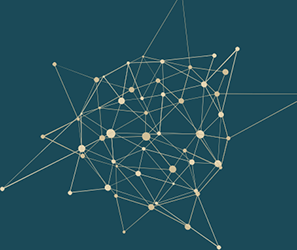Speaker
Description
Based on 3 papers: arXiv:2002.05554, 2003.01662, 2011.12848
1.“A Novel Scenario in the Semi-constrained NMSSM,” JHEP 06, 078 (2020)
2.“Funnel annihilations of light dark matter and the invisible decay of the Higgs boson,”Phys. Rev. D 101, no.9, 095028 (2020)
3. “Higgsino Asymmetry and Direct-Detection Constraints of Light Dark Matter in the NMSSM with Non-Universal Higgs Masses,” Chin. Phys. C 45, no. 4, 041003 (2021)
The fully constrained NMSSM is in tension with current experimental constraints. Therefore, we focuses on a simple and elegant supersymmetric model: semi-constrained NMSSM (scNMSSM).
In order to better explore the parameter space of scNMSSM, we have developed a new search algorithm: the Heuristically Search (HS) and the Generative Adversarial Network (GAN).
We applied this very effective search algorithm to the parameter space of scNMSSM. For the first time (according to the current understanding), we successfully found a parameter space that satisfies all the theoretical and experimental constraints, and then we made analysis of the Higgs and dark matter properties.
We carefully studied the Higgs and dark matter LSP scenario in the scNMSSM. We found that in scNMSSM, there can be four funnel-annihilation mechanisms for the LSP in scNMSSM, which are the $h_2$, $Z$, $h_1$ and $a_1$ funnel. We also verified that the spin-dependent cross section is proportional to the square of higgsino asymmetry. And the higgsino-mass parameter $\mu$ is smaller than about $335 $ GeV in the scNMSSM due to the current muon g-2 constraint.




